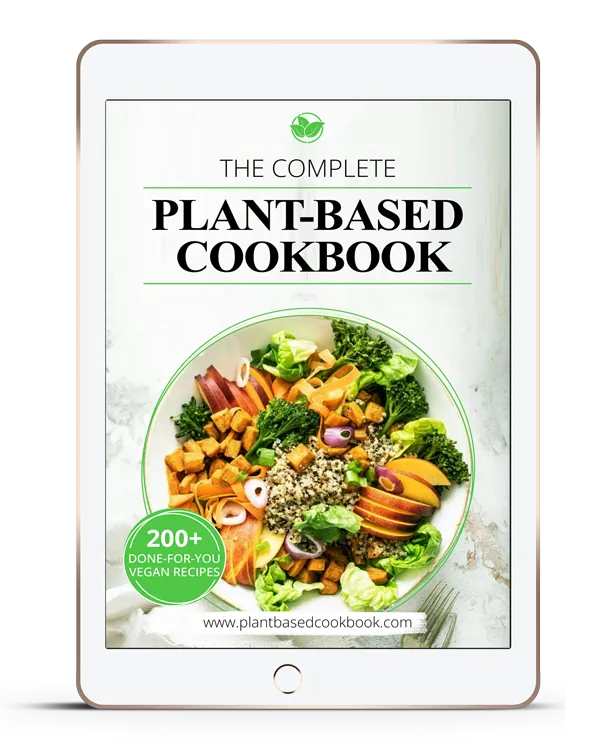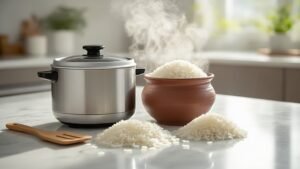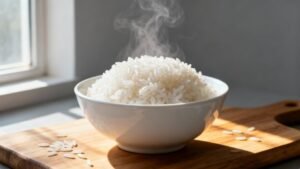I was digging around the internet the other day and found a very interesting recipe that I thought I would share with you. It’s called “No-Fuss Rice Cooker Banana Bread” but what made me sit up and take notice is that you can cook it in your rice cooker!
Yes, really, I didn’t know that was possible, but, according to Amy Frasca, the author, it’s regularly enjoyed by Japanese people who, as we all know, practically live out of their rice cookers. So, without further ado, let’s take a look at how to cook great-tasting banana bread in a rice cooker this should be fun!
Table of Contents
ToggleINGREDIENTS:
- 1 1/2 cups enriched white flour
- 3/4 cups white sugar
- 2 tsp. baking powder
- 1/2 tsp. baking soda*
- 1/2 tsp. salt
- 1 cup mashed ripe bananas (2 to 3 medium to large bananas)
- 1/3 cups softened butter
- 1/4 cups milk
- 1 egg
- Cooking oil
* Baking soda may not be available everywhere (for example if you are in Japan) but, if you can’t find it, don’t worry; extra baking powder can be added as a substitute without a noticeable difference. I’ve found that an extra teaspoon of baking powder works well in this case.
For extra sweetness, substitute a portion of white sugar for an equal amount of packed brown sugar. Or, add 1/2 tsp. of vanilla extract along with the wet ingredients.
DIRECTIONS:
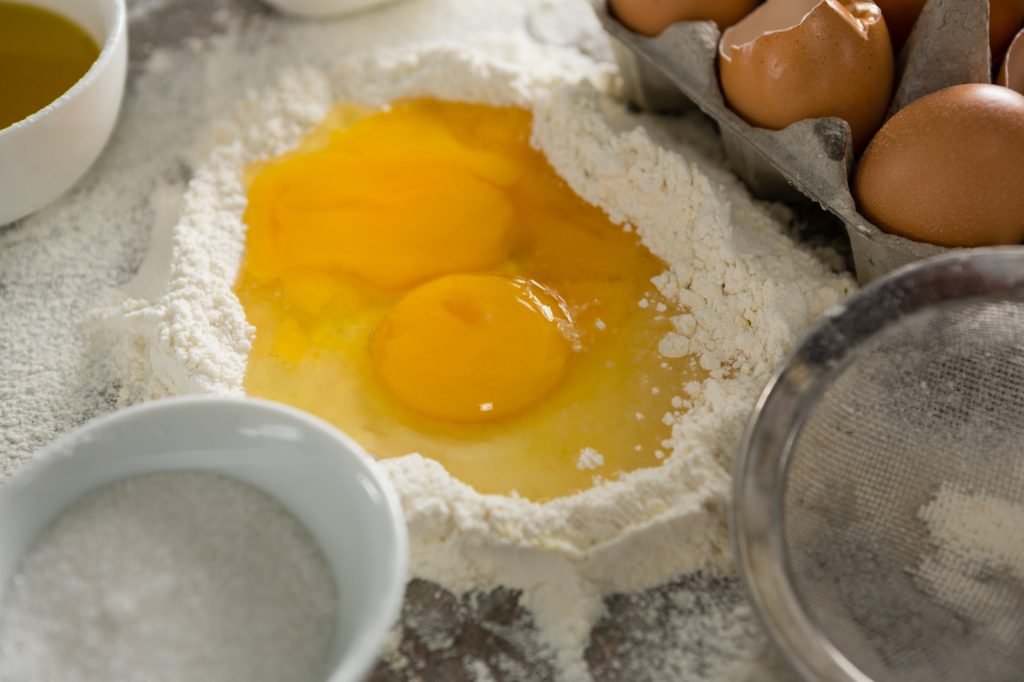
In a large mixing bowl, combine the flour, sugar, baking powder, baking soda and salt. Whisk until the ingredients are well mixed.
Next, add the bananas, butter, milk, and egg. These should be mixed until the batter has a uniform and thick, creamy consistency. If you own an electric mixer, let it do the work (low setting recommended). If not, the bananas and butter may give you some difficulty when hand-mixing it. To make things easier, make sure you let the butter soften long enough beforehand. Also, if you put the bananas into a plastic freezer bag, you can make sure they’re well-mashed without making a huge mess.
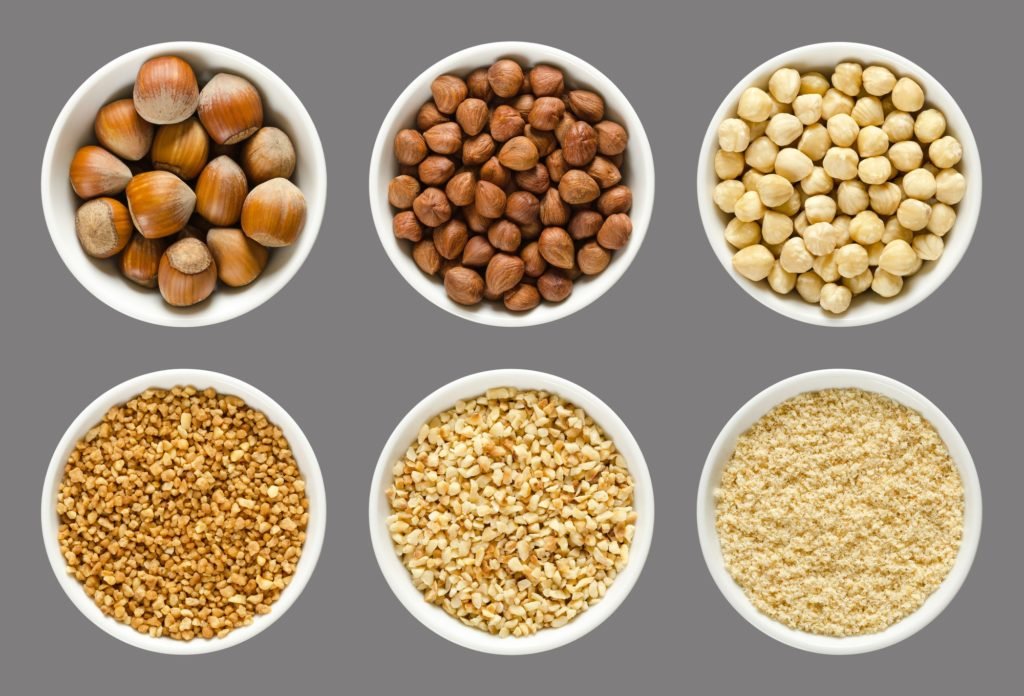
At this point, you can stir in any other ingredient you may want, like chopped nuts or a bit of dried fruit. Feel free to try out your own variations on the recipe!
Before pouring the batter into the rice cooker’s pot, remember the most important step! Coat the inside of the pot lightly with cooking oil. Paper towels help to spread it properly. Otherwise, the banana bread will stick to the inside as it cooks.
I recommend this flour
Now simply pour the batter evenly into the pot and start the cooker. I use the same settings as when I make rice. On my rice cooker, the bread isn’t done after just one cycle, so I let it run twice, though this could vary based on your rice cooker. With mine, I have to allow the cooker to cool down for a few minutes in between cycles, as it won’t start again right away.
That’s it! After it’s done, pop the bread out onto a serving tray or plate and enjoy!
Why is my banana bread not fluffy?
It’s a classic baking problem: You waited excitedly for your banana bread to finish baking, and when you cut into it, you find a dense loaf rather than a fluffy one. The culprit could be the ingredients—too much butter or sour cream, for example, can cause the resulting texture of banana bread to be heavier than usual. Another issue may come from overmixing during preparation – gently fold together the wet and dry ingredients until just combined to ensure your yeast reacts properly and provides some lift to the dough. Last but not least, it could be due to how long the banana bread stayed in the oven; try turning down the heat slightly or baking your banana bread longer so that all of its internal moisture has evaporated. With these tips in mind, your next attempt at making banana bread should result in a warm, sweet, fluffy loaf.
Can you use cake mix in a rice cooker?
Though it might sound like an unconventional combination, using cake mix in a rice cooker is surprisingly simple and can be a fun way to bring a twist to the traditional cakes you bake! The key to success is ensuring that all of your ingredients are accurately measured – increase the amount of oil, milk, or water necessary if adding in more than one box of cake mix. Additionally, make sure not to overload the rice cooker, or else your cake could turn out gummy and uneven. Once you have the ingredients down, register all cycle settings on the rice cooker accordingly and wait for an impeccably cooked sponge cake! With this creative way of baking, there’s no limit to what desserts you can whip up!
Hopefully, you enjoyed this post and, if you would like to find out more great ways to use your rice cooker, I have posts covering how to cook pasta, fish, or even lentils. Who knew that a rice cooker could be so versatile ?!
Last update on 2025-10-14 / Affiliate links / Images from Amazon Product Advertising API



